- Learning time
- 20 minutes
- First play time
- 30 minutes
Magic: The Gathering
Designed by: Richard Garfield
Although Magic: The Gathering has a reasonably simple mechanic at its heart, the game is almost a movement in part due to the bewildering array of cards the world of the game provides. You can buy a single deck (even a single card) but there are literally thousands of cards available, and Magic is what started the oft-copied collectible card game (CCG) model.
The game itself is a head to head battle between two wizards, with the cards representing the spells they cast. Each player plays with a deck of cards that they cycle through, dealing themselves a hand and then choosing how to play it. Some cards are the spell itself (or the creature the spell conjures up) whereas others are Mana: these function as a kind of battery, to power the more exciting spell cards. Mana played from your hand to the table can be tapped (indicated by rotating onto its side) to power a spell – once tapped, it’s unavailable until your next turn. The juicier cards are meanwhile doing damage to your opponent – some have an effect they vanish into your discard pile, but others sit out on the table as a thorn in the side, giving your opponent something to deal with. Each of you begins the game with a certain amount of health, and when one of you hits zero, they lose the game and the other is triumphant.
So the game is a balance of managing your hand, and timing your attacks in a way that maximises the effect of your available cards. But – see Sam Says – it’s also about what cards you start the game with, which encourages players to keep buying.
The guru's verdict
-
Take That!
Take That!
The whole game is a battle, so the Take That quotient is up there at maximum.
-
Fidget Factor!
Fidget Factor!
Low. Once you're familiar with how the game plays, the choices are not overwhelming, but enough to keep things interesting.
-
Brain Burn!
Brain Burn!
Your Mana can only power so many cards, but there's also the cards your opponent has played and is playing - there are decisions to be made here and the game rewards tactical thought.
-
Again Again!
Again Again!
You can play with the same deck over and over, but Magic encourages 'developing' your deck - ie, buying more cards.




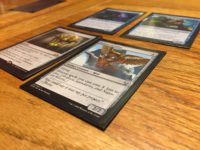
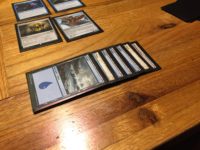

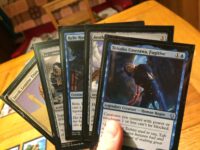


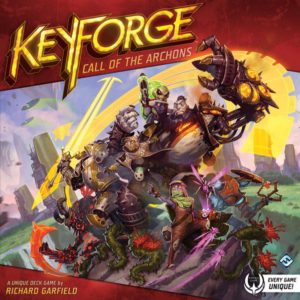
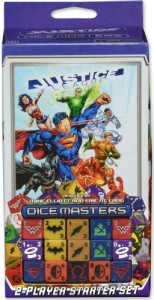

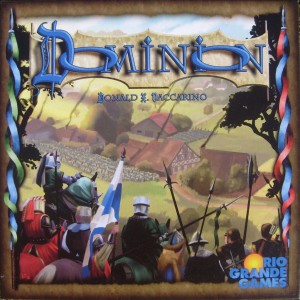
Sam says
Magic has garnered a lot of love around the world over the last 20 years, and introduced a lot of people to a more interesting side of gaming than the abundant roll-and-move luckfests that populated stores when it was launched (and still do, unfortunately!) There's nuance to the game that I won't pretend to be familiar with, having not really embraced it myself: I'm not a huge fan of the take-turns-to-attack premise and won't pretend that the overview here is comprehensive: a regular Magic player would describe it better. But the issue I have (as a parent, rather than a player) is that the game encourages more and more expenditure. Even the label collectible card game troubles me slightly from that angle. And putting the expenditure to one side for a minute (because I'm inviting a pot-and-kettle comparison here) there's a potential problem in that if one player has upgraded their deck more than the other, the fight becomes lopsided. That is, however, navigable. And on the flip-side, thousands of people - including my own family - love the game, enjoy the collecting aspect, love bringing new cards into play, and that is of course a positive thing. However my overall perception of the Magic phenomenon - regardless of how good the game is - is of a money-making machine.